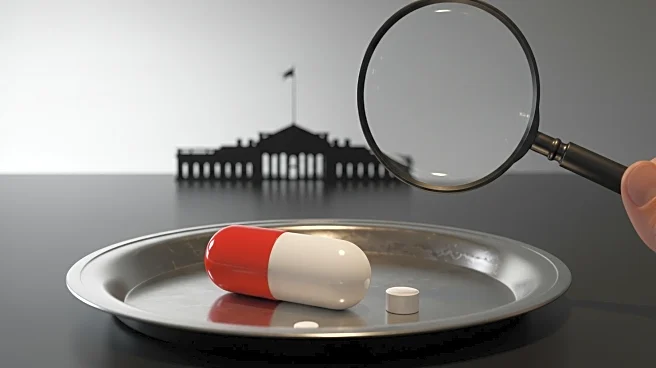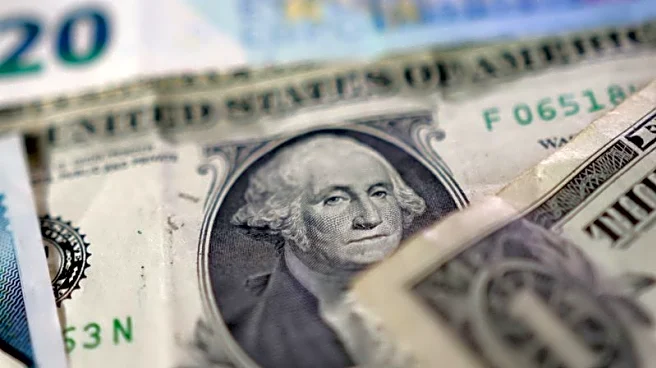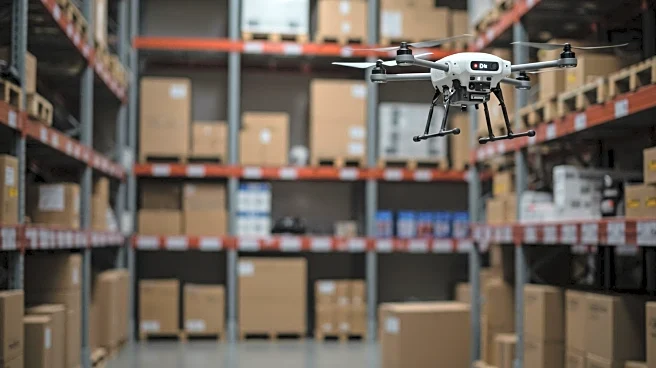What is the story about?
What's Happening?
White House trade adviser Peter Navarro announced that the Trump administration is considering imposing tariffs on pharmaceutical imports under a Section 232 trade investigation. Navarro highlighted a national security crisis stemming from the U.S.'s dependence on foreign producers for pharmaceuticals. In a CNBC interview, he did not specify the timing for the Section 232 probe but emphasized that President Trump's executive order aims to strengthen supply chains. This order would establish price floors for domestic drug ingredient producers through strategic contracts, ensuring demand. The proposed tariffs are intended to prevent the dumping of pharmaceutical precursors from countries like India and China.
Why It's Important?
The potential tariffs on pharmaceutical imports could significantly impact the U.S. healthcare industry and international trade relations. By imposing tariffs, the administration aims to bolster domestic production and reduce reliance on foreign suppliers, which could lead to increased costs for pharmaceutical companies and potentially higher drug prices for consumers. The move may also strain trade relations with countries like India and China, which are major suppliers of pharmaceutical ingredients. Domestic producers could benefit from increased demand and price stability, while foreign producers may face challenges in maintaining their market share in the U.S.
What's Next?
If the tariffs are implemented, pharmaceutical companies may need to adjust their supply chains and pricing strategies to accommodate the new trade barriers. The administration's focus on national security and domestic production could lead to further policy measures aimed at reducing foreign dependency in other critical sectors. Stakeholders, including healthcare providers and international trade partners, are likely to respond to these developments, potentially influencing future trade negotiations and healthcare policies.
AI Generated Content
Do you find this article useful?












